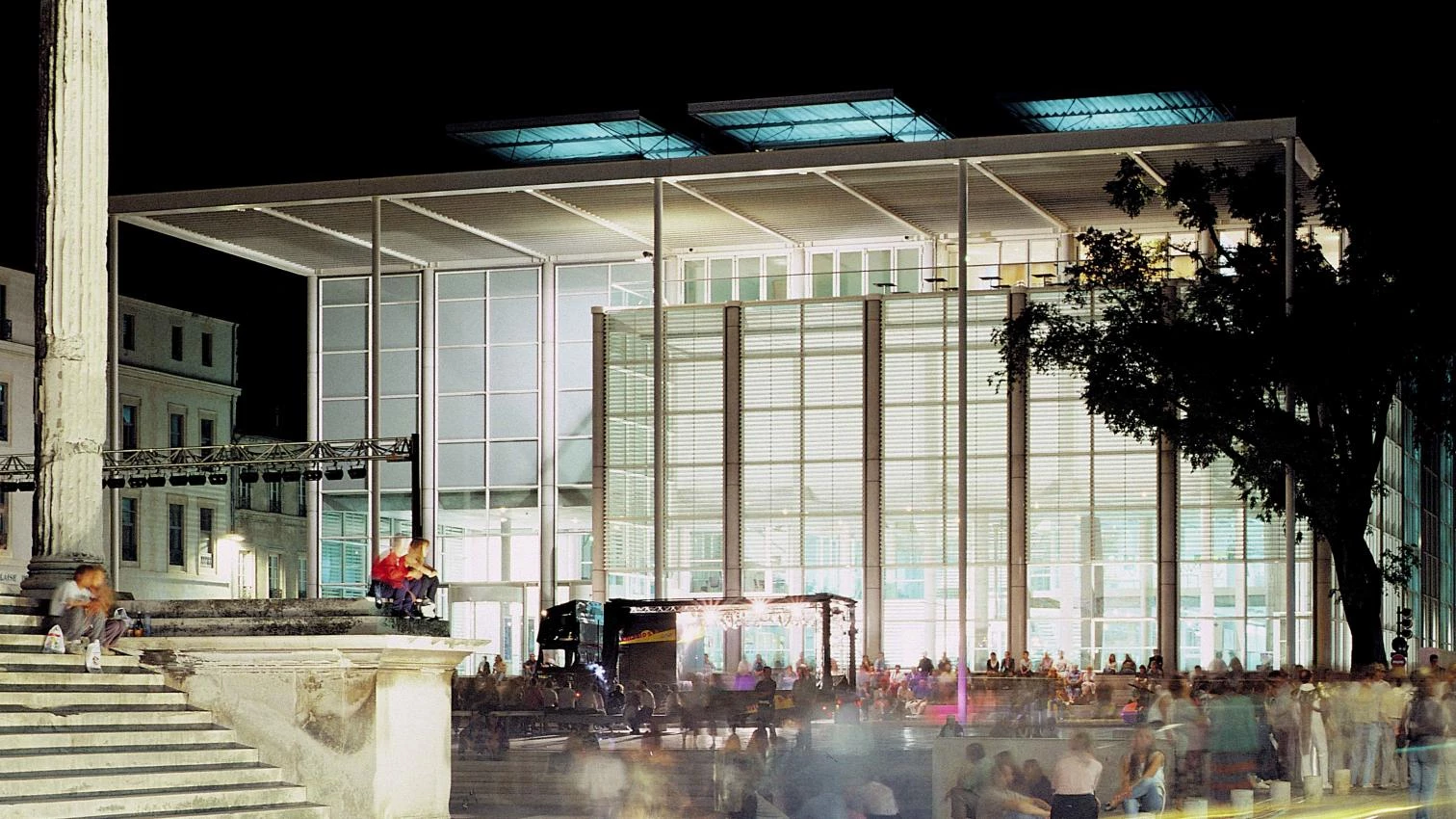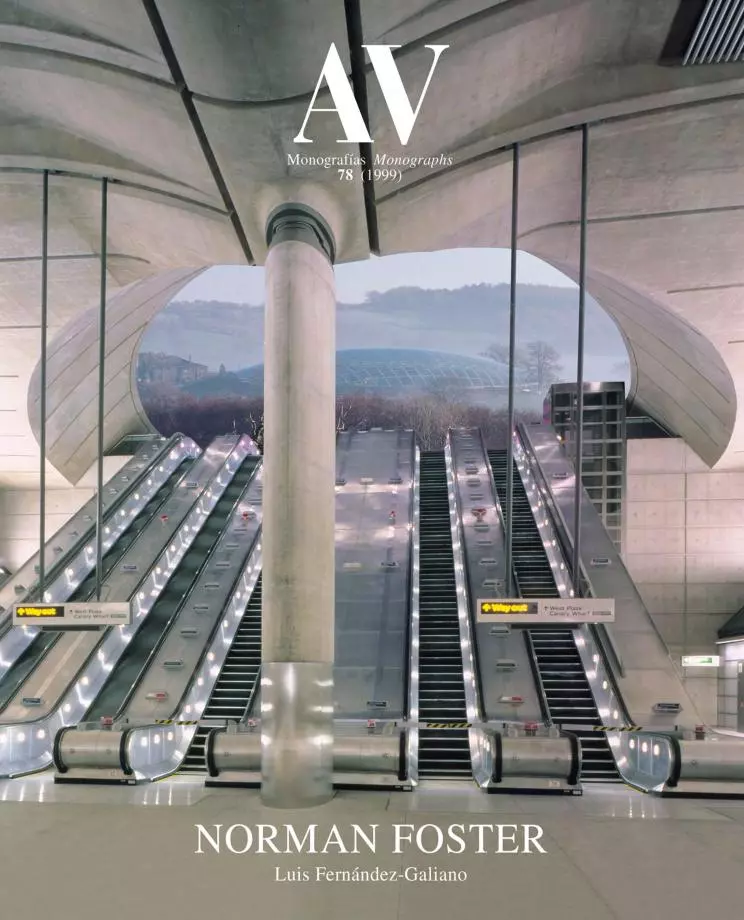Light Construction: from Rural Nature to Urban History
1981-1985

In a conventional labelling of decades, if the sixties were sociological and the seventies technologically minded, the eighties brought a new awareness of history and the city. This shift of orientation is transparently exemplified in Foster’s career, which seamlessly evolved from the concern with industrial democracy in the projects of the first decade to the technological experiences with skins and skeletons in the seventies, and from there to the new challenges of the eighties, when the architect faced for the first time the puzzling complexity of urban tissues and the layered intricacy of historic buildings. Foster had dealt with city centres in Ipswich and Hong Kong, and had even toyed with the essentially urban project at Hammersmith; but no previous job had the monumental and urban importance of the new BBC premises in front of Nash’s All Souls church, in London’s Portland Place. Although unfortunately never carried out, this commission occupied a significant part of the first years of the practice in its new offices in Great Portland Street, and signalled a turning point in Foster’s work, which paved the way for two exemplary projects also designed in the first half of the eighties: Nîmes’ Carré d’Art, an art centre in front of the Maison Carrée, a Roman temple from the 1st century BC; and London’s Sackler Galleries, a very difficult intervention in the collage of historic buildings that form the Royal Academy of Arts. Both completed in the early nineties, Nîmes and Sackler showed the unexpected talent and immense sensibility of Foster when dealing with fragile monumental environments, and the French work also made explicit his skill in interpreting the urban fabric, a dexterity already manifested in the BBC project and that would lead to further urban design commissions in subsequent years. Also in the early nineties the third London airport at Stansted was finally inaugurated, a protracted job that took ten years to complete, delayed by consultations and permits, but which showed Foster at his best; the light canopies in the gentle Essex landscape were designed shortly after Hong Kong and Renault, but the exuberant vigour and vitality of those structures had been replaced by a serene luminous elegance and a subdued quiet refinement which would in the long run become the hallmarks of Foster’s touch: a low-profile exquisite unobstrusiveness which also characterized the masterful projects of the architect for the monumental hearts of cities...[+]





